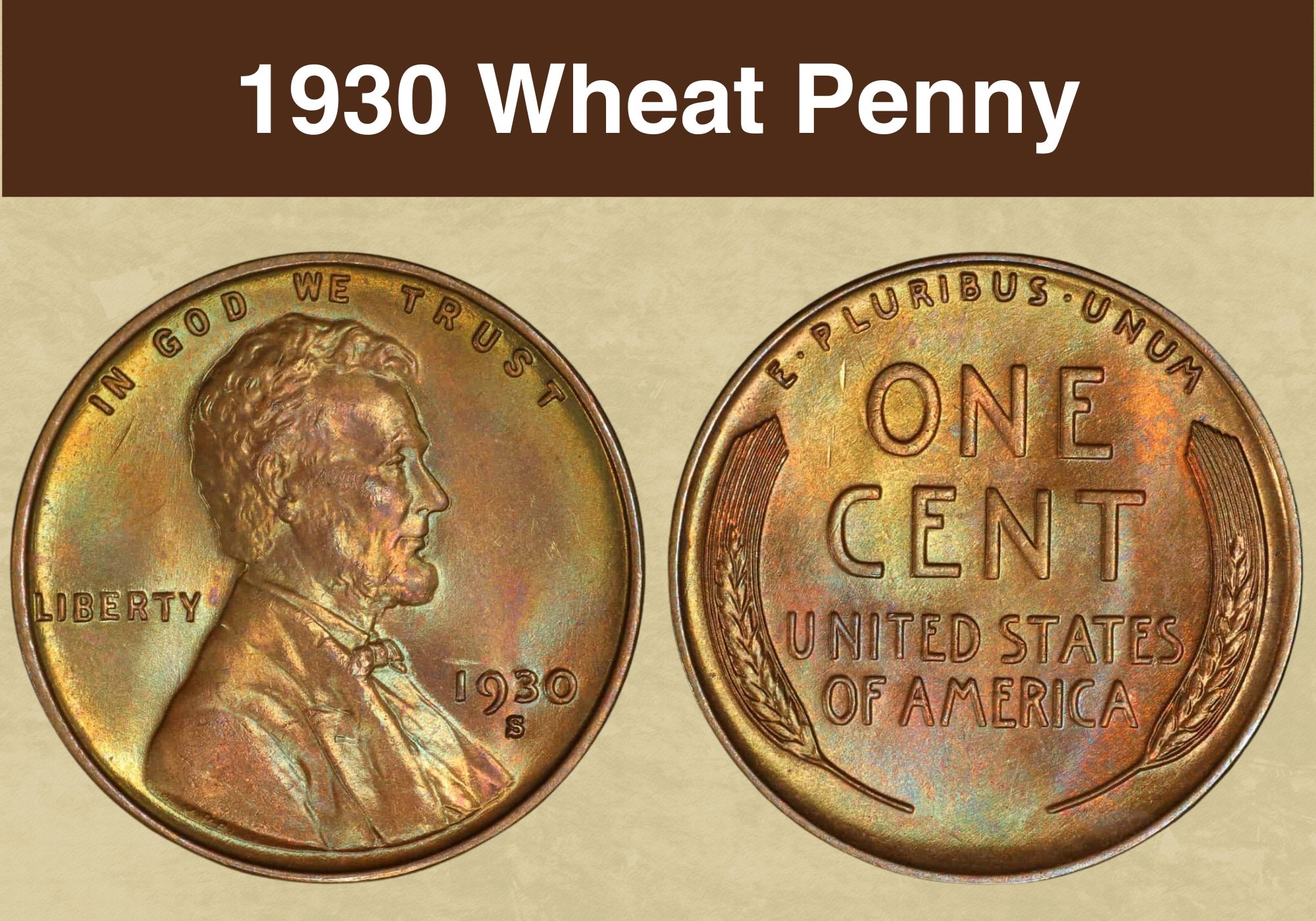
Coin Value Contents Table
Wheat pennies are among the best-known American coins and have an interesting history. They are popular among collectors and can sell for thousands of dollars. However, not all wheat pennies are valuable so how do you know which ones are worth collecting or selling?
In this article, we focus on the 1930 wheat penny value. We look at what the different 1930 mint varieties are and how they are valued across different grades. We also cover the history of this interesting coin and look at how professional graders determine the value of a coin.
1930 Wheat Penny Value Chart |
|||||
| Mint Mark | Very Good VG8 | Extremely Fine EF40 | About Uncirculated AU50 | Uncirculated MS63 | Uncirculated MS67 |
| 1930 No Mint Mark Wheat Penny Value | $0.34 | $1.46 | $3.38 | $11 | $475 – $650 |
| 1930 D Wheat Penny Value | $0.34 | $2.87 | $4.63 | $35 | $10,000 |
| 1930 S Wheat Penny Value | $0.40 | $2.05 | $6.81 | $14 | $1,300 – $15,000 |
History of the 1930 Wheat Penny
The original reverse design of the Lincoln penny featured two stalks of wheat, which gave the coin series its nickname: wheat penny. It was used from 1909 until 1959 when it was replaced with an image of the Lincoln Memorial in Washington D.C. The wheat ears were seen as a symbol of prosperity.
Before the wheat penny, real people’s portraits had never been used on American coins. Earlier coins had all featured images of symbolic figures such as the Indian Chief or Lady Liberty. Until 1909, it had not been considered appropriate to feature real people on American coins. So how did the idea to use Lincoln’s portrait come about?
1909 was the anniversary year of the birth of former president, Abraham Lincoln, and the country wanted to do something to mark his birthday. The president at the time, Theodore Roosevelt, suggested designing a new penny to commemorate the birthday.
Roosevelt had seen a plaque of Lincoln created by a Lithuanian-born sculptor Victor David Brenner. The plaque featured a side profile of Lincoln, which could be adapted for a coin and Brenner was commissioned to redesign the Indian Head penny, which had been in use since 1859.
Design Disagreements
After Brenner had submitted his obverse and reverse designs, they were modified before they were accepted. Brenner reportedly was not happy with the changes. One of them included lowering Lincoln’s bust so the motto IN GOD WE TRUST, which was not part of his design, could be fitted above the portrait.
More disagreements were to follow because Brenner included his full last name on the reverse of the coin. He was told by US Mint officials that including his last name in full intruded too much with the design. He agreed to change it to his initials VDB and the coin went into production.
However, this was not the end of the issue, and the minting of the new pennies was stopped after just 484,000 had been struck. There have been suggestions that this happened because of the public’s negative reaction to the initials but there are no reports that support this. Others say it was because of objections by the Chief Engraver, Charles Barber.
Whatever the reasons were, the initials were removed despite the objections of the numismatic community who considered the initials on a coin to be comparable to an artist’s signature on a painting. The initials were not included on the penny again until 1918, soon after Barber passed away in 1917.
1930 Wheat Penny Grading
Wheat pennies from 1930 are graded on a scale where 1 represents a circulated coin in poor condition and 70 represents the perfect, uncirculated specimen. Numbers up to 59 are used for coins in various circulated conditions and 60 to 70 for the mint state, uncirculated coins.
| # | Grade |
|---|---|
| 1 | Basal State-1 |
| 2 | Fair |
| 3 | Very Fair |
| 4, 5, 6 | Good |
| 7, 8, 10 | Very Good |
| 12, 15 | Fine |
| 20, 30 | Very Fine |
| 40 | Extremely Fine |
| 50 | About Uncirculated |
| 60 | Mint State |
| 65 | Mint State |
| 70 | Mint State |
Please check our grading guides to know your coin scale, It’s the necessary step to know the exact value of your coin.
Check out now: How to Grade Lincoln Wheat Penny?
1930 No Mint Mark Wheat Penny Value
All 1930 wheat pennies without a mint mark were minted at the Philadelphia Mint. In 1930, there were 157,415,000 wheat pennies released into circulation from Philadelphia, which means that despite their age, they are still easy to find.
1930 no mint mark wheat pennies that have been in circulation and are still in very good condition are worth a moderate $0.34 and those in extremely fine condition are worth $1.46. While the prices of circulated pennies are nothing to get excited about, high-grade uncirculated no mint mark pennies can be worth hundreds, and the best ones thousands of dollars.
Uncirculated 1930 no mint mark wheat pennies graded as MS67 are valued between $475 and $650 depending on their coloration. You will find an explanation of wheat penny coloration later in the article.
1930 No Mint Mark Wheat Penny Auction Records
The auction record for a brown wheat penny is $594. The coin, which was graded as MS67BN by NGC was sold on eBay in 2022. The auction record for a red-brown 1930 no mint mark wheat penny is from 2018 when an MS67RB specimen sold for $432 at Heritage Auctions.
To find the auction record for a red 1930 no mint mark wheat penny, we need to look back to 2005 when an MS67RD graded penny was entered into a Heritage Auctions sale. The guide price for the coin was just $650 but it ended up selling for $10,925.
1930 D Wheat Penny Value
In 1930, the Denver Mint produced 40,100,000 wheat pennies. A moderate amount compared to the over 157 million produced in Philadelphia. Despite the lower mintage, circulated D-minted coins are priced very similarly to the Philadelphia 1930 wheat pennies.
We can start to notice more differences in the valuations of the uncirculated coins. While a no mint mark penny is worth up to $24 at MS63, a Denver penny at the same grade can be worth twice as much. However, it is with MS67-graded coins where the differences really become obvious with the D penny valued at $10,000.
1930 D Wheat Penny Auction Records
How do the auction records of 1930 D wheat pennies compare with the no mint mark variety? For brown and red-brown coins, the records are lower for the D-mint coins. However, the 1930 D pennies were not graded as high so this could explain the lower prices.
For a brown D penny, the auction record is $228 from 2020 for an MS64BN penny. The record for a red-brown penny is $250 from 2021 for an MS66RB-graded coin. Both coins were sold on eBay.
The highest price for a 1930 D wheat penny is from 2020. It was achieved at a Heritage Auctions sale with an MS67+RD graded D wheat penny. The guide price was $35,000 and the coin sold a little under that at $33,600.
1930 S Wheat Penny Value
The third mint variety from 1930 is the coins minted at the San Francisco minting facility. Producing 24,286,000 wheat pennies, the San Francisco Mint released the lowest number of coins into circulation in 1930.
However, they are still reasonably easy to find at lower grades, which is why the prices are only a little higher than for the other two varieties. When found in a high uncirculated grade, their prices can climb past the other two mint varieties. Uncirculated MS67 coins are valued between $1,300 and $15,000 depending on their color.
1930 S Wheat Penny Auction Records
The auction records of the 1930 S wheat pennies follow the same pattern as the other two, with the highest price commanded by a red specimen. It was achieved in 2004 at Heritage Auctions with an MS67RD-graded penny. Selling for $33,350, it sold for twice as much as its $15,000 guide price.
The more moderate auction records for brown and red-brown 1930 S pennies are from 2010 and 2022 respectively. The brown penny, graded MS67BN, was sold for $288 by Goldberg Auctioneers, and the red-brown, with MS66+RB grading, was sold on eBay for $672.
The Obverse Design of the 1930 Wheat Penny
The obverse, featuring the first real person on an American coin, has a portrait of Abraham Lincoln facing to the right. In front of his portrait is the minting date and below that, on the Denver and San Francisco minted coins, is the mint mark capital D or capital S. On coins produced in Philadelphia, there is no mint mark.
The word LIBERTY is behind the portrait. Initially, the president’s bust reached from the top of the coin to the bottom. The bust was lowered to fit the phrase IN GOD WE TRUST along the top rim. The initials VDB are below the president’s shoulder.
The Reverse
On the reverse of the 1930 wheat penny, are two ears of durum wheat, curving along both edges. Between them, is the coin’s denomination ONE CENT in large capitals. The wording UNITED STATES OF AMERICA is inscribed below the denomination and the Latin phrase E PLURIBUS UNUM along the top rim.
Other 1930 Wheat Penny Specifications
In 1930, the three mint facilities produced 221,801,000 wheat pennies in total. The wheat pennies are round coins with smooth edges and have a diameter of 19.05 millimeters. They were made with a metal alloy of 95% copper and 5% zinc and tin, weigh 3.11 grams, and are 1 millimeter thick.
Also read: 12 Most Valuable Lincoln Penny Worth Money
Wheat Penny Colors
The color of the penny is an important factor in determining its value. When 1930 wheat pennies were new, like any other pennies made with copper, they were red. When the copper in the coins is exposed to air and other elements, it begins to change color until it turns brown.
The red color is a sign of a well-preserved coin and they are the most desirable, which is reflected in the valuations and the auction record prices. Coins with at least 95% red surface are given the designation RD during grading. Coins with 95% brown surfaces are designated with BN and anything in between with RB for red-brown.
Also read: 13 Most Valuable Wheat Penny Worth Money
Rare 1930 Wheat Penny Error Lists
1930 Wheat Penny Die Break Error
During the coin production, blank planchets are struck with a coin die to imprint the design on the planchet. Over time, the dies can develop cracks and breaks, which are then transferred onto the coins. Some errors created in this way are very subtle and can only be spotted under a magnifying glass, while others are more prominent.
1930 Wheat Penny Repunched Mint Mark Error
When a coin has a repunched mint mark error, the mint mark has been punched on it more than once, usually twice. If the first mint mark was punched in the wrong position, to correct the error the mint mark would be punched again resulting in a doubled mint mark. You may not be able to spot these errors with the naked eye but will need to magnify the coin.
1930 Wheat Penny Strike-Through Error
Strike-through errors happen when grease or dust gets between the planchet and the coin die, stopping the die from fully transferring the design onto the planchet. These errors can be identified by the blurring or missing parts of the design.
It should be noted that while errors can increase a coin’s value, sometimes they will have no effect or may even decrease the value, for example, if the date is no longer visible. Other factors, such as the coin’s overall condition and its color will also affect the price. If you have an error coin, the best way to determine its value is to use a professional coin grader after.
For more information on valuable wheat pennies, watch this video from World Numismatic News, which looks at the top ten wheat penny varieties from the 1930s.
Also read: 17 Most Valuable Indian Head Penny Worth Money
Where to Sell Your 1930 Wheat Penny ?
Now that you know the value of your coins, do you know where to sell those coins online easily? Don’t worry, I’ve compiled a list of these sites, including their introduction, pros, and cons.
Check out now: Best Places To Sell Coins Online (Pros & Cons)
1930 Wheat Penny Frequently Asked Questions
Are 1930 wheat pennies worth anything?
1930 wheat pennies can be very valuable but only when they are still in excellent condition and retain their original red color. Highly graded 1930 wheat pennies can be worth thousands of dollars.
Why is the 1930 penny rare?
The majority of the 1930 pennies have been in circulation so finding one still in an uncirculated mint state is rare. However, pennies in circulated conditions are not considered rare.
Also read: 11 Most Valuable Wheat Penny Errors

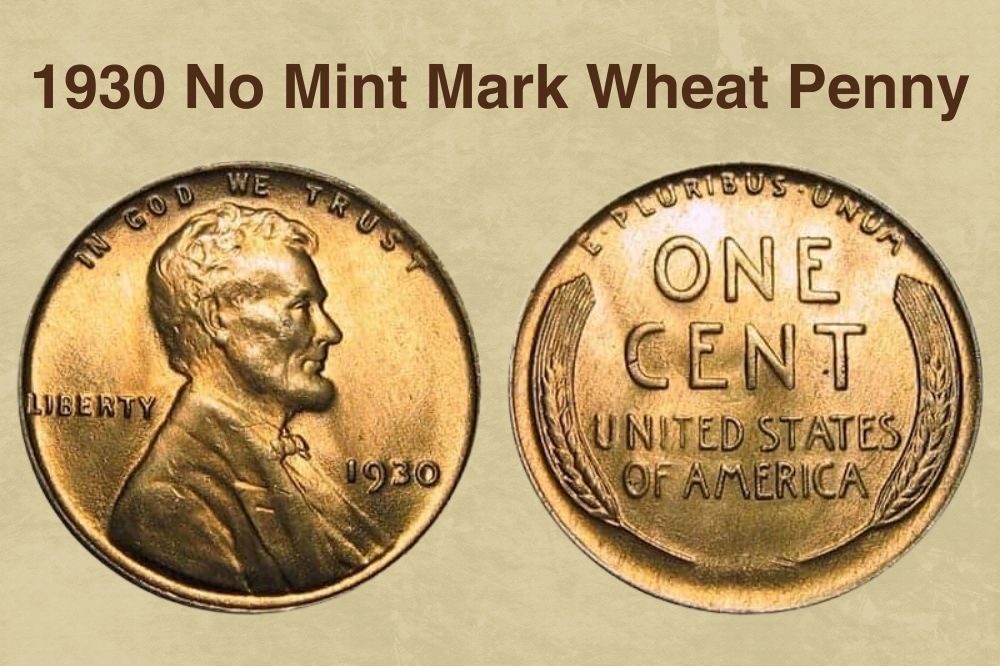
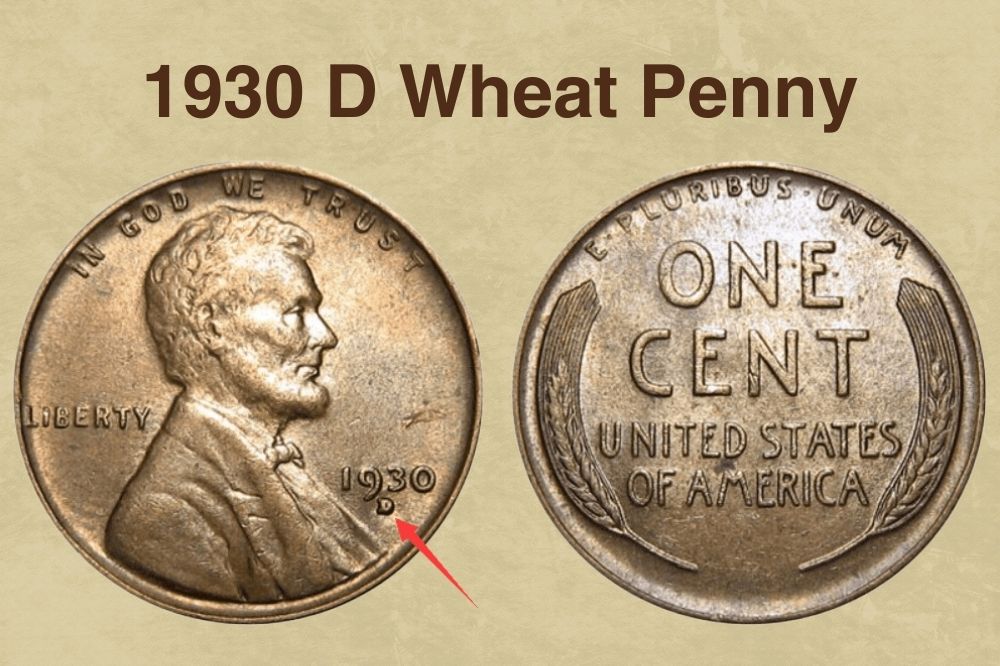
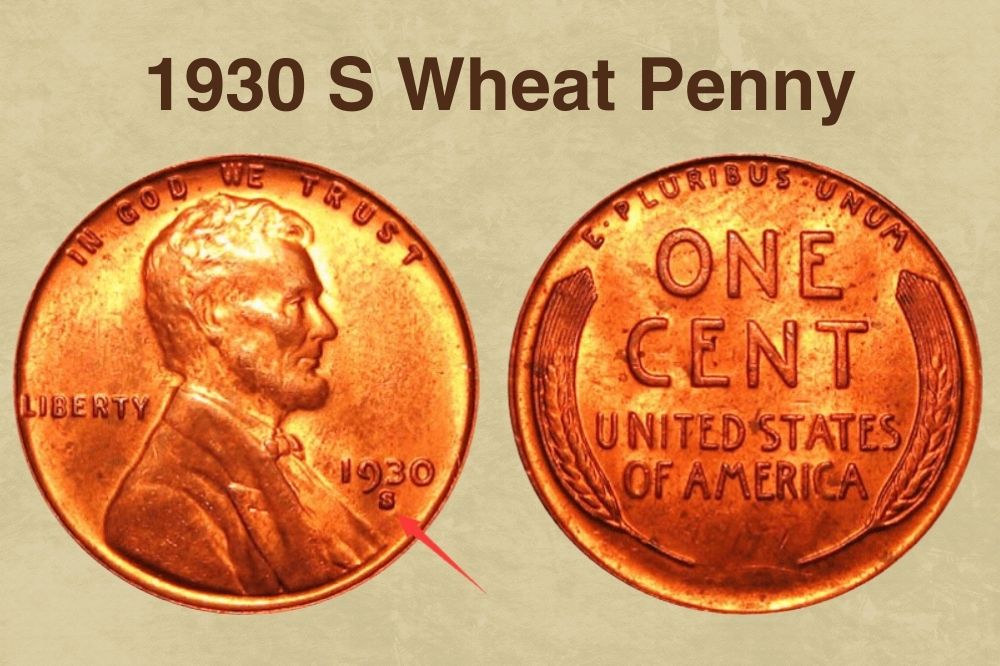
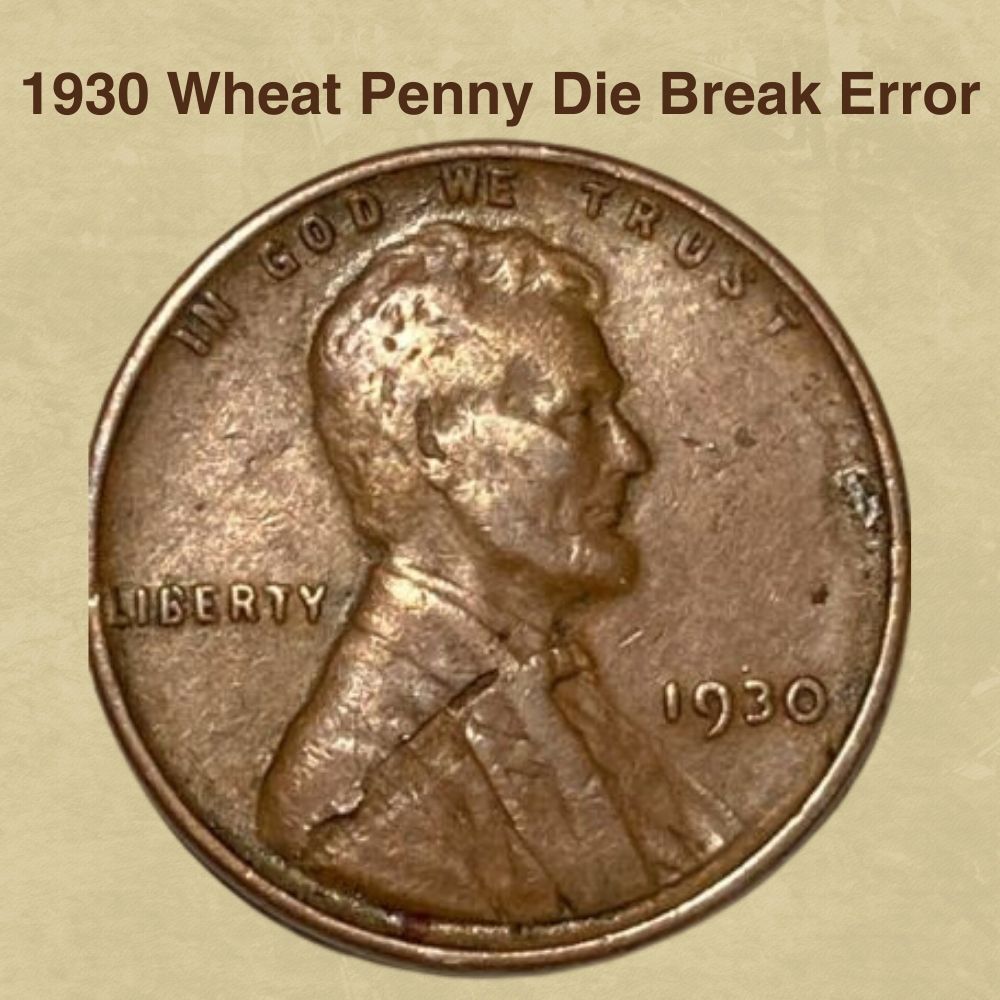
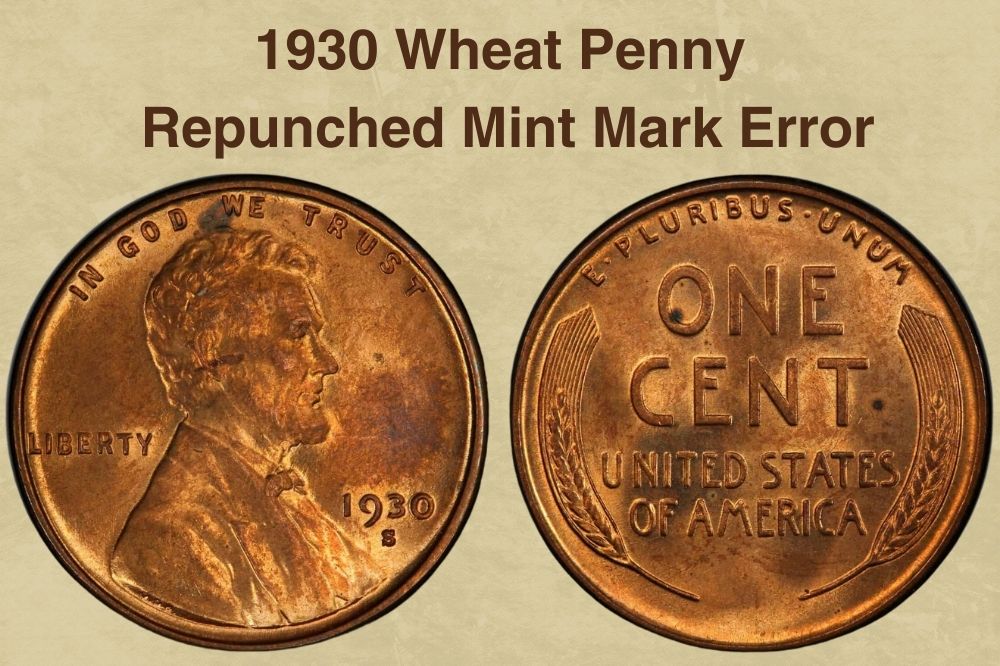
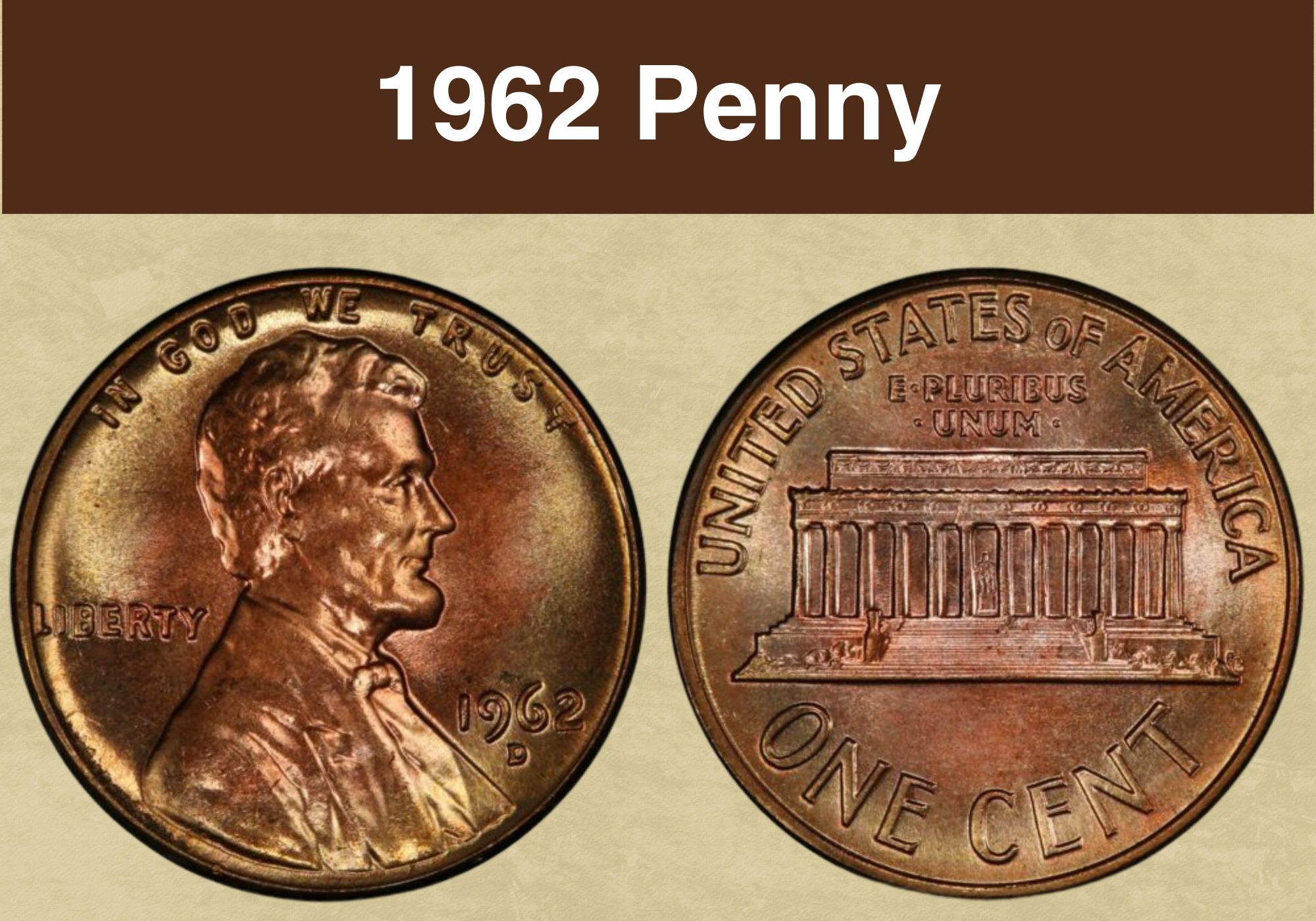
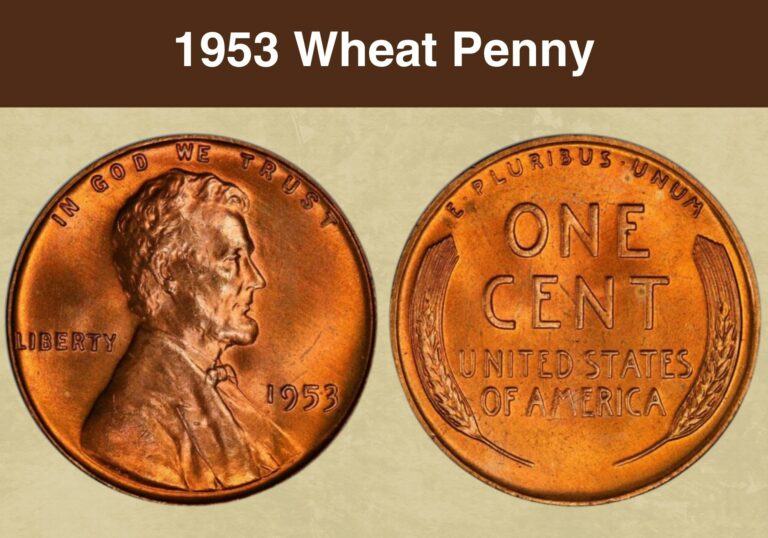
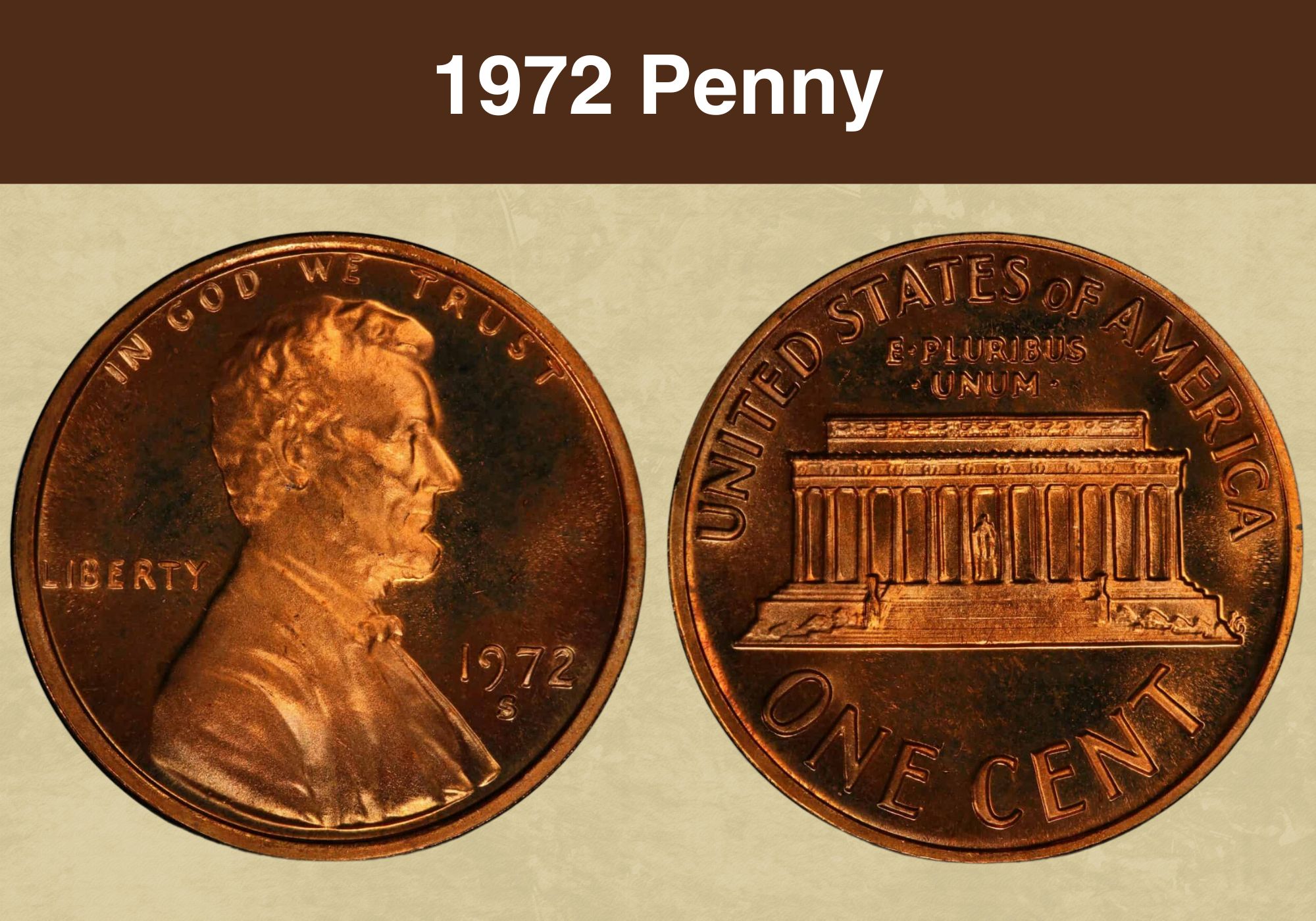
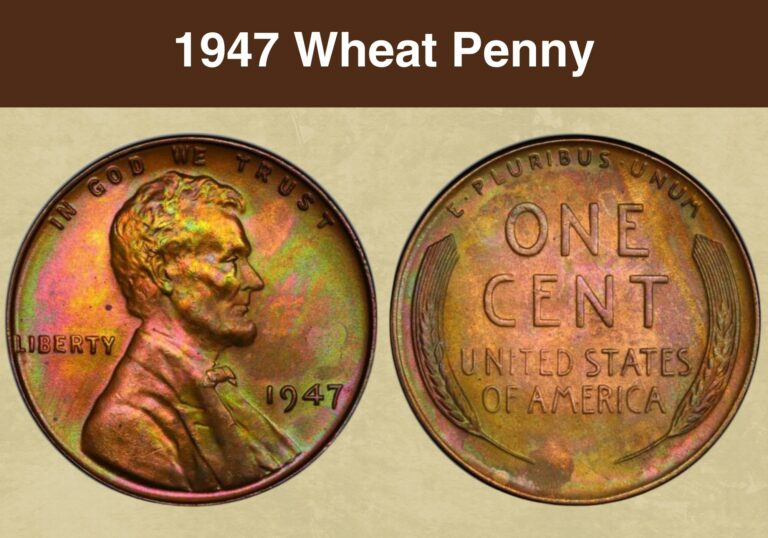
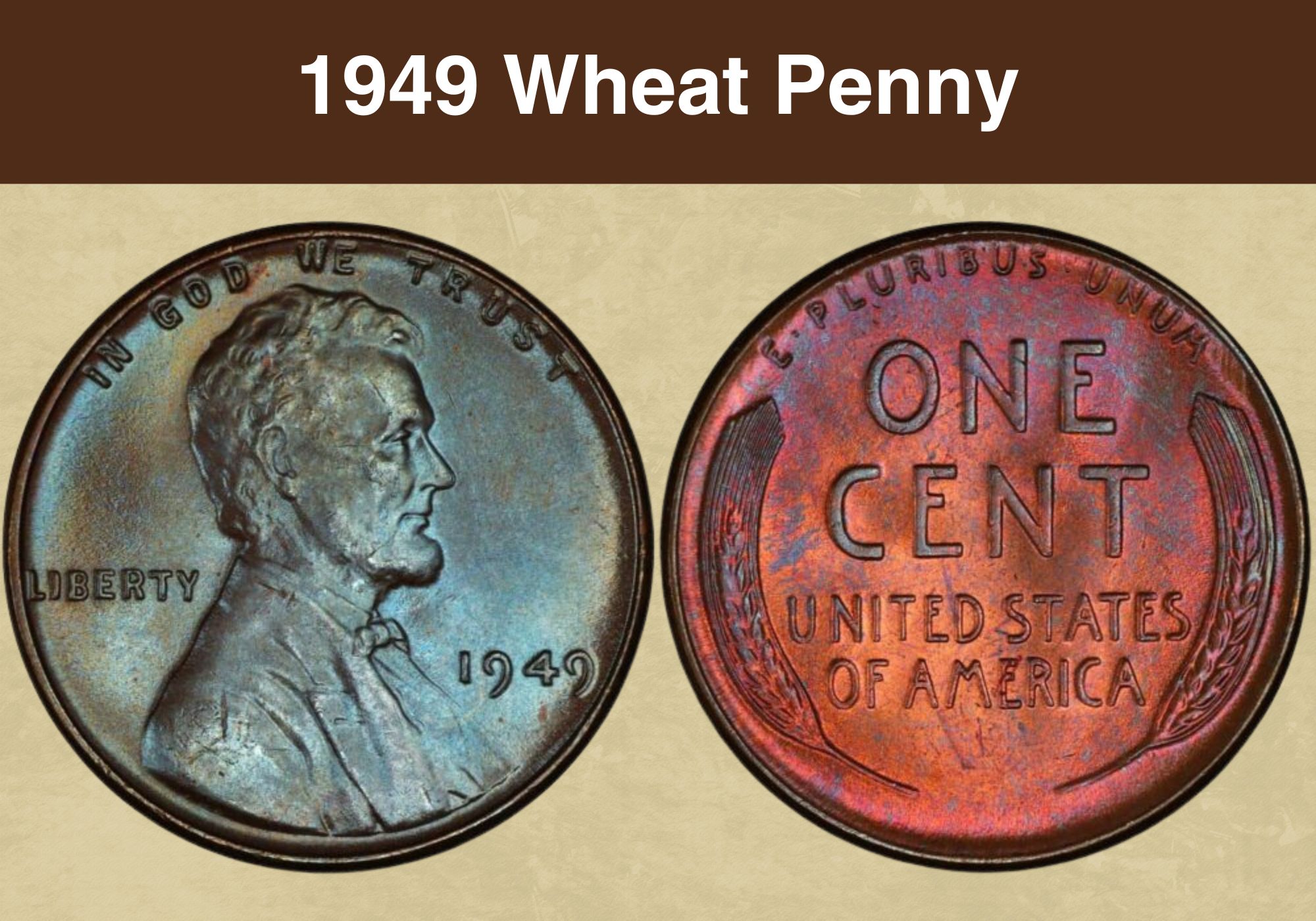
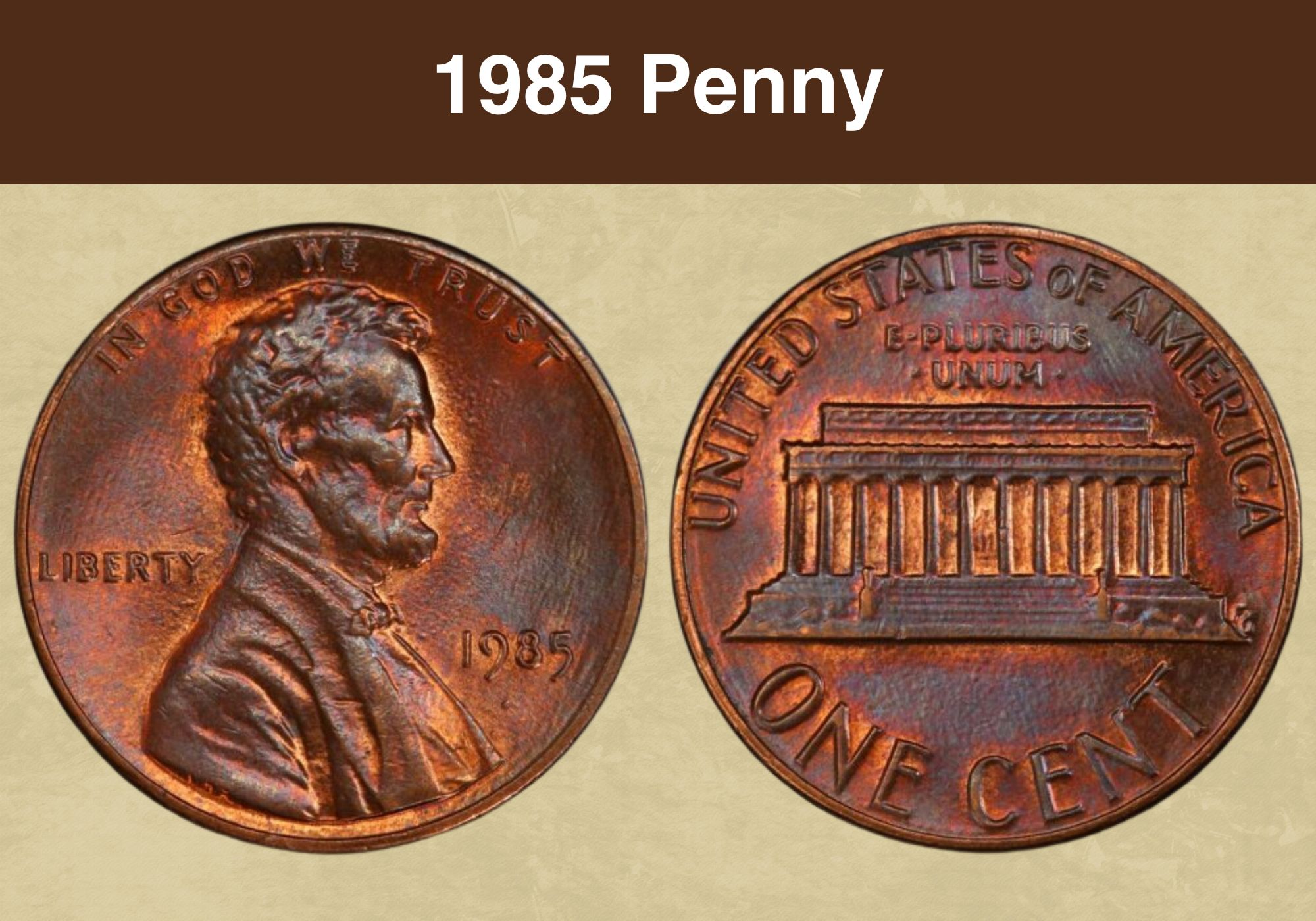
1930 wheat Penny possible multiple errors, not a expert myself but I’m in such of honest info, value, and buyer. If honest I may have other interesting finds.
Text first pls before you call with a heads up pertaining to or it will get ignored due to high volume spam
Caleb #1 8287077184
Thanks
I have a 1930 wheat penny no mint mark looks like there was another coin of some sorts of another design punched on it not exactly sure what it would be and there’s a few markings towards the center of the coin like on Abe’s bust and on his head different shapes it looks like and some different letters possibly definitely something else punched in there what other coins were made the same year that would possibly have gotten punched on the penny like some of marks wipe out some of the letters on the adverse side of the coin like where it says in God we trust the the oh is almost all gone and God there’s a punch Mark over the Ole same with the d not as bad but there’s still another punch Mark of some sorts then the w in we is you can only see a little bit of it and there’s a punch Mark over top of it of something and then next to the E on the rim there’s a punch Mark of some sorts some shape and then between between the t and the r and trust there’s a letter almost looks backwards but I can’t really make it out and then the u in trust is almost gone with a punch Mark over top of it of some sorts above the t on the rim there’s a punch Mark and then there’s another one after the t in trust and then there’s just keeps going and going and all the way past the date on the rim there’s a different symbols sort of and other things it looks like there’s some phantom type of symbols in in there as well and then on Abe there’s some Mark’s as well also on the on the backside there’s also some recurring pattern that’s not penny just wondering if anyone knows of any other coins that may have mixed with this of some kind somehow